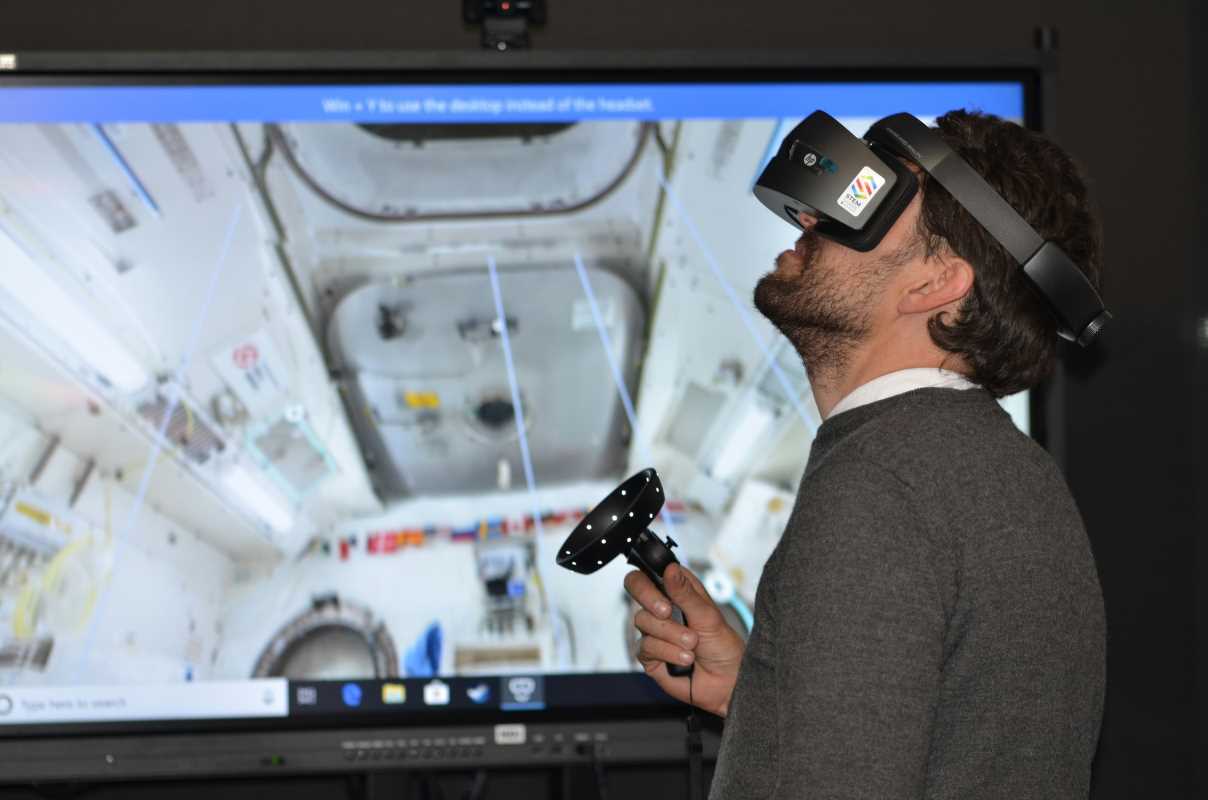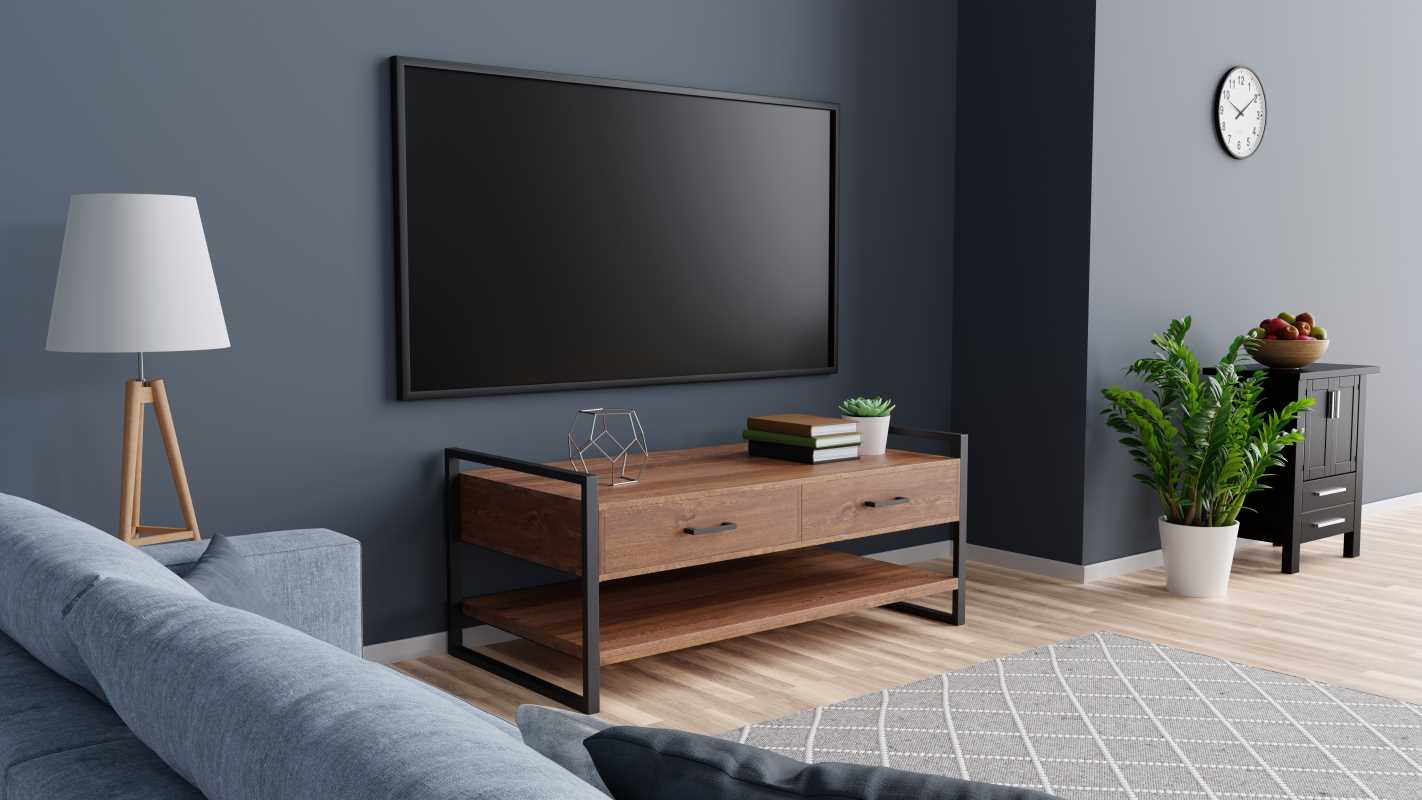Laptops and tablets are nifty options, but we rarely need to waste money on both. With so many choices, it’s not just about selecting a device but finding the right tool to complement your unique lifestyle and goals. Whether you’re a professional seeking productivity, a student looking for versatility, or a casual user prioritizing ease of use, understanding your specific needs is crucial.
Let’s explore the key factors that can help you determine which device is the best fit for your needs.
Laptops - Power and Productivity
When it comes to productivity and multitasking, laptops remain the top choice for many users. With a physical keyboard and larger screen size, laptops are particularly well-suited for tasks that require extensive typing, such as drafting reports, coding, or editing photos and videos.
The tactile feedback of a laptop keyboard makes it easier and faster to type accurately compared to the virtual keyboards found on tablets. Additionally, laptops often come with trackpads or external mouse support, which provide greater precision for detailed tasks.
The processing power of laptops is another major advantage. Equipped with powerful CPUs and GPUs, laptops can handle resource-intensive applications, such as 3D rendering, video editing, or gaming. This makes them indispensable for professionals in creative industries, gamers, and anyone who relies on high-performance software.
Another significant benefit of laptops is their versatility in connectivity. Most laptops come with multiple ports, including USB, HDMI, and SD card slots, allowing users to connect external devices like printers, external monitors, hard drives, or cameras. This flexibility is especially important for users who need to expand their workspace or transfer large files frequently.
Battery life on laptops has also improved significantly in recent years, with many models now offering all-day performance. However, this typically comes at the cost of increased size and weight compared to tablets. While ultrabooks have slimmed down the traditional laptop form factor, they are still bulkier than the average tablet.
Tablets - Portability and Simplicity
Tablets, by contrast, excel in portability and user-friendly design. Lightweight, compact, and easy to carry, tablets are the perfect companion for on-the-go users who prioritize convenience. Whether you’re commuting, traveling, or simply lounging on the couch, tablets offer a streamlined experience for browsing the internet, streaming videos, reading e-books, or checking emails.
One of the standout features of tablets is their intuitive touchscreen interface. The ability to interact directly with the screen makes tasks like scrolling, zooming, and navigating feel seamless and natural. Tablets also shine in creative applications, especially when paired with a stylus. Artists, designers, and note-takers often find tablets invaluable for drawing, sketching, or annotating documents. Apps designed specifically for touchscreens, such as Procreate or Adobe Fresco, make tablets a powerful tool for creativity.
Tablets are also known for their extended battery life, often outlasting laptops in casual usage scenarios. This makes them ideal for leisure activities, such as streaming movies or playing mobile games, without worrying about frequent recharging.
However, tablets have their limitations. While they are great for light productivity tasks, such as drafting short documents or managing emails, they are less suitable for demanding work. Virtual keyboards can feel cumbersome for long typing sessions, and multitasking is often less efficient than on a laptop. While some high-end tablets offer detachable keyboards and desktop-like interfaces, they still struggle to match the power and versatility of traditional laptops.
Factors to Consider When Choosing
The choice between a laptop and a tablet ultimately depends on your specific needs and how you intend to use the device. Here are some key factors to consider:
Purpose of Use
If your primary use involves heavy-duty tasks, such as video editing, coding, or gaming, a laptop is the clear winner. Its superior processing power, larger screen, and physical keyboard make it the best choice for work-intensive applications.
For casual activities, such as streaming videos, browsing the web, or reading, a tablet is more convenient and enjoyable. Its portability and touchscreen interface make it ideal for leisure.
Portability
Laptops have become increasingly portable, but they still can’t match the lightweight design of tablets. If you travel frequently or need a device you can carry effortlessly, a tablet is more practical.
For users who need a portable workhorse, ultrabooks and 2-in-1 laptops offer a good compromise between performance and portability.
Budget
Tablets generally have a lower starting price compared to laptops, making them an attractive option for budget-conscious users. However, high-end tablets with accessories like detachable keyboards and styluses can rival or exceed the cost of a mid-range laptop.
Laptops offer more value in terms of performance and longevity for users who need a device capable of handling a wide range of tasks.
Software and Ecosystem
Laptops are compatible with full-featured desktop operating systems like Windows, macOS, or Linux, giving users access to a vast array of software. Tablets, on the other hand, are limited to mobile operating systems like iOS or Android, which may not support all the apps or functionalities you need.
Consider whether you’re already invested in a particular ecosystem. For example, Apple users may find it easier to integrate an iPad with their existing devices, while Windows users may prefer the seamless compatibility of a laptop.
The Hybrid Option
If you’re struggling to decide, it’s worth considering hybrid devices like 2-in-1 laptops. These devices combine the best features of laptops and tablets, offering a touchscreen interface with the option to detach or fold away the keyboard. While they tend to be pricier than traditional tablets or laptops, they provide unmatched flexibility for users who need both productivity and portability.
Carefully consider how you’ll use the device and what features matter most to you before making your decision. With so many options available, you’re sure to find a device that suits your needs and enhances your digital life.







